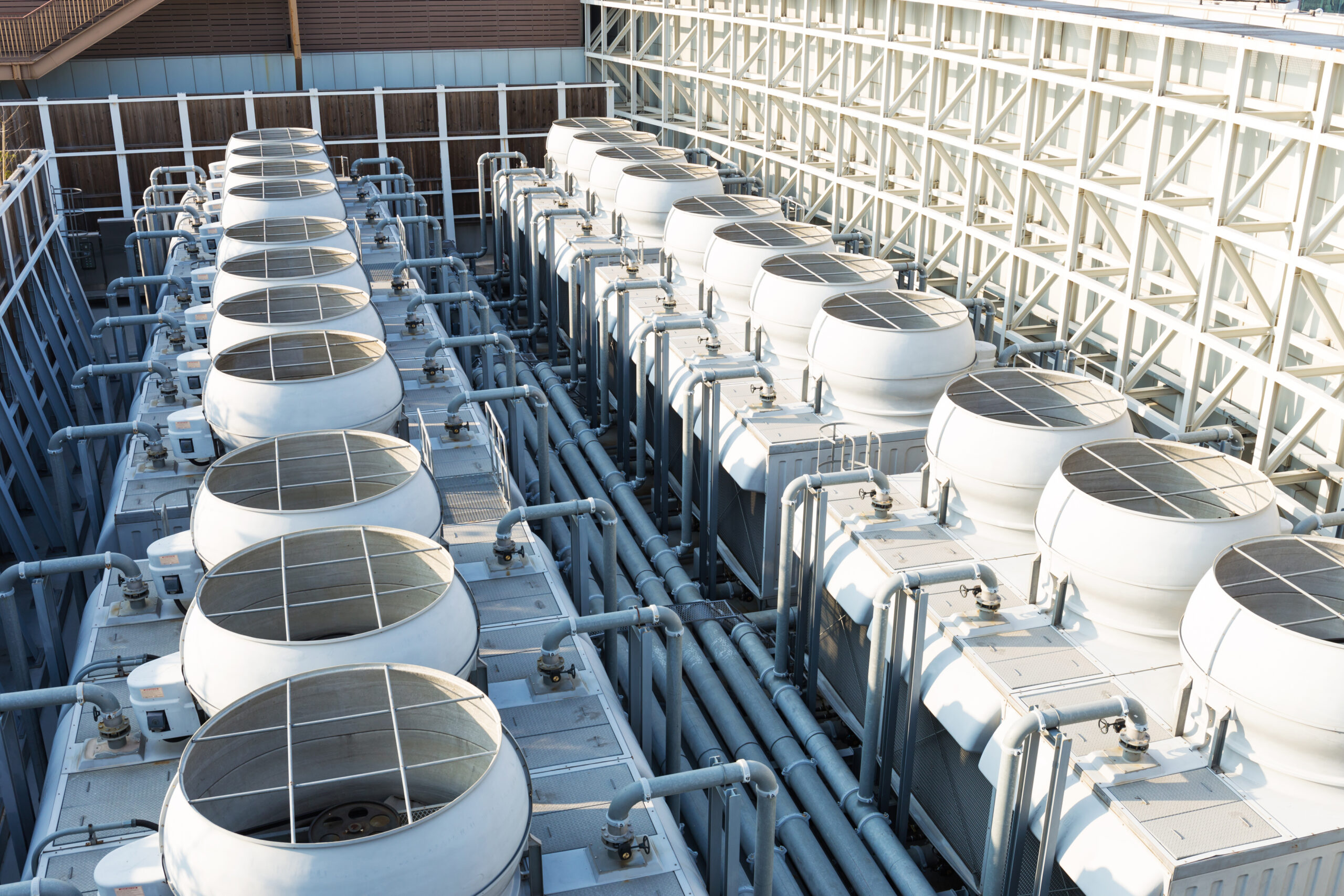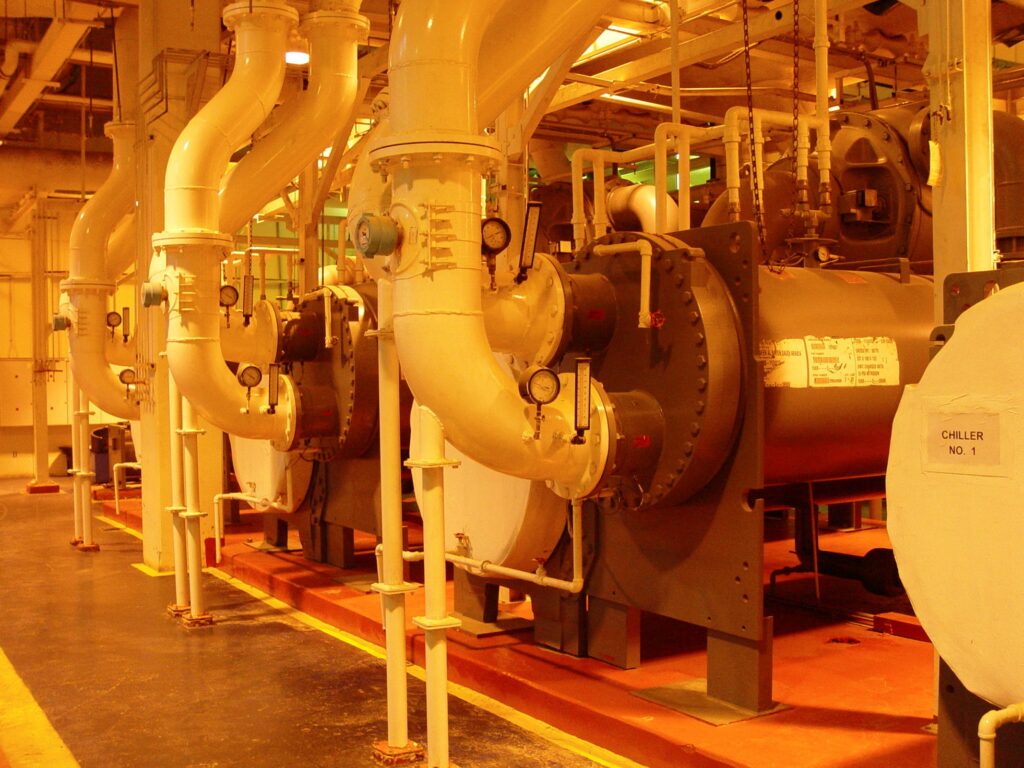
Phosphonates
Referencing Webster’s dictionary, the definition of “sequester” is to take into custody until a controversy, claim, etc. is settled. In regard to water treatment and the commonality between phosphonates and the definition above, phosphonates prevent scale formation by sequestering the precipitate until it dissolves- and the mattered is settled. Once the precipitate dissolves, the sequestering agent is released, and is then free to repeat the process. Phosphonates are sequestering agents utilized in industrial water treatment to control the precipitation of deposits onto heat transfer surfaces. The term used to better describe phosphonates is “Threshold Inhibitors.” Threshold inhibitors function by an adsorption mechanism; by which, they adsorb onto newly forming crystals that would eventually precipitate out as scale.
Phosphonates are organophosphorus compounds, and are one of the most commonly used scale inhibitors in industrial water treatment; alongside low molecular weight polymers. In comparison, polymers maintain superior dispersing properties over phosphonates. But due to their electrostatic charge, adsorbed phosphonates further inhibit agglomerate formation by dispersion. In addition to scale inhibition and particle dispersion, phosphonates also serve as a corrosion inhibitor for carbon steel; as they are effective chelating agents.

Phosphonates are highly water-soluble, and they exhibit outstanding resistance to oxidizing agents. Conclusively, they are exceptional water treatment additives because of their multifunctional properties, and the synergistic performance that they exhibit when added to formulations.
The industrial uses of sequestering agents for scale inhibition are primarily in cooling and boiler water treatment, desalination and reverse osmosis (RO) systems, and in oilfield drilling water treatment. They are also used in metal finishing, seawater evaporators and to clean ion exchange resins, among others. As a chelating agent, phosphonates are widely used in the manufacturing of pulp & paper and in the textile industry, to serve as “peroxide bleach stabilizers.”
Bio-Source is a distributor of 3 primary phosphonates supplied by multiple manufacturers.
Listed below are the chemistries:
ATMP (50%) – Amino tris (Methylenephosphonic Acid)
An aqueous solution of ATMP. This phosphonate is widely used as a chelating agent and sequestering agent and calcium carbonate scale inhibitor for applications in industrial cooling and boiler water, industrial cleaning, oil production, and textile bleaching.
HEDP (60%) – 1-Hydroxyethylidene-1,1-Diphosphonic Acid
An aqueous solution of HEDP phosphonate widely used as a sequestering agent and calcium carbonate scale inhibitor for applications in industrial water treatment, industrial cleaning and detergents, oilfield water treatment, textile and pulp and paper bleaching. It is also used in cosmetics and pharmaceuticals.
PBTC (50%) – Phosphonobutane-Tricarboxylic Acid
An aqueous solution of PBTC phosphonate. A proven highly-effective threshold inhibitor that serves as a scale and corrosion inhibitor, and a dispersant. It has a high stability to oxidizing agents, such as chlorine and bromine. PBTC is widely used in cooling water and boiler water systems, industrial cleaning, and oil drilling.


